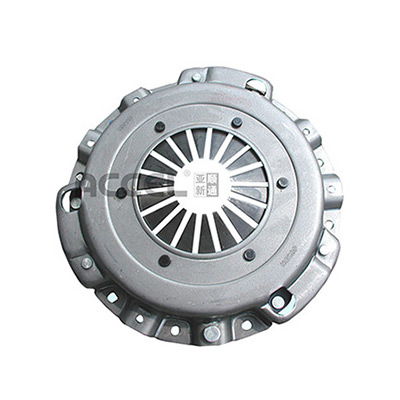- Arabic
- French
- Russian
- Spanish
- Portuguese
- Turkish
- Armenian
- English
- Albanian
- Amharic
- Azerbaijani
- Basque
- Belarusian
- Bengali
- Bosnian
- Bulgarian
- Catalan
- Cebuano
- Corsican
- Croatian
- Czech
- Danish
- Dutch
- Afrikaans
- Esperanto
- Estonian
- Finnish
- Frisian
- Galician
- Georgian
- German
- Greek
- Gujarati
- Haitian Creole
- hausa
- hawaiian
- Hebrew
- Hindi
- Miao
- Hungarian
- Icelandic
- igbo
- Indonesian
- irish
- Italian
- Japanese
- Javanese
- Kannada
- kazakh
- Khmer
- Rwandese
- Korean
- Kurdish
- Kyrgyz
- Lao
- Latin
- Latvian
- Lithuanian
- Luxembourgish
- Macedonian
- Malgashi
- Malay
- Malayalam
- Maltese
- Maori
- Marathi
- Mongolian
- Myanmar
- Nepali
- Norwegian
- Norwegian
- Occitan
- Pashto
- Persian
- Polish
- Punjabi
- Romanian
- Samoan
- Scottish Gaelic
- Serbian
- Sesotho
- Shona
- Sindhi
- Sinhala
- Slovak
- Slovenian
- Somali
- Sundanese
- Swahili
- Swedish
- Tagalog
- Tajik
- Tamil
- Tatar
- Telugu
- Thai
- Turkmen
- Ukrainian
- Urdu
- Uighur
- Uzbek
- Vietnamese
- Welsh
- Bantu
- Yiddish
- Yoruba
- Zulu
Nov . 04, 2024 06:25 Back to list
industrial flat belt
Industrial Flat Belts An Overview
Industrial flat belts have long been a staple in the machinery and manufacturing sectors, serving as a crucial component for power transmission and motion. These belts are designed to transfer energy efficiently between pulleys, ensuring smooth and reliable operation in various applications. Their versatility and adaptability make them an essential element in numerous industrial settings.
Flat belts are usually made from a variety of materials, including rubber, fabric, and synthetic compounds, which offer different properties such as flexibility, durability, and resistance to wear and tear. Depending on the application, the choice of material can significantly impact the performance of the belt. For example, rubber belts are often chosen for their excellent grip and ability to absorb shock, while synthetic belts may be preferred for their resistance to chemicals and extreme temperatures.
One of the key advantages of industrial flat belts is their ability to handle high speeds and heavy loads
. This makes them suitable for a wide range of machinery, including conveyors, mills, and textile machines. In conveyor systems, flat belts are particularly beneficial as they provide a continuous surface for transporting materials. The flat design allows for easy alignment and adjustment, making maintenance simpler and more cost-effective.industrial flat belt

Additionally, flat belts can be engineered to accommodate specific requirements, such as length, width, and thickness, which further enhances their application flexibility. Customization options also include surface texture and type, ensuring optimal performance in diverse environments. These features make flat belts an indispensable component in industries such as manufacturing, agriculture, and logistics.
Moreover, the use of flat belts can contribute to greater energy efficiency in machinery. By minimizing friction and achieving smooth operation, these belts can help reduce energy consumption, leading to lower operational costs. This is particularly important in today’s economic climate, where businesses are increasingly focused on sustainable practices and cost efficiency.
In conclusion, industrial flat belts play a pivotal role in enhancing productivity and efficiency across various sectors. Their robustness, adaptability, and the ability to be customized according to specific needs make them ideal for numerous applications. As industries continue to evolve, the importance of reliable components like flat belts will remain, ensuring that they are an integral part of the future of industrial machinery. With ongoing advancements in materials and technology, the effectiveness and utility of industrial flat belts are set to improve, further solidifying their place in the manufacturing landscape.
-
Upgrade Power Steering Pump Belt for Smooth, Quiet Operation
NewsAug.27,2025
-
Precision Timing Belt & Chain: Engine Performance & Durability
NewsAug.26,2025
-
Precision Lathe Drive Belts: Durable & Reliable Performance
NewsAug.25,2025
-
84.5 Serpentine Belt: Durable & Precision Fit for Your Engine
NewsAug.24,2025
-
Premium Ribbed Drive Belts for Quiet Power Transmission
NewsAug.23,2025
-
High-Performance Vehicle Timing Belt for Engine Precision
NewsAug.22,2025

